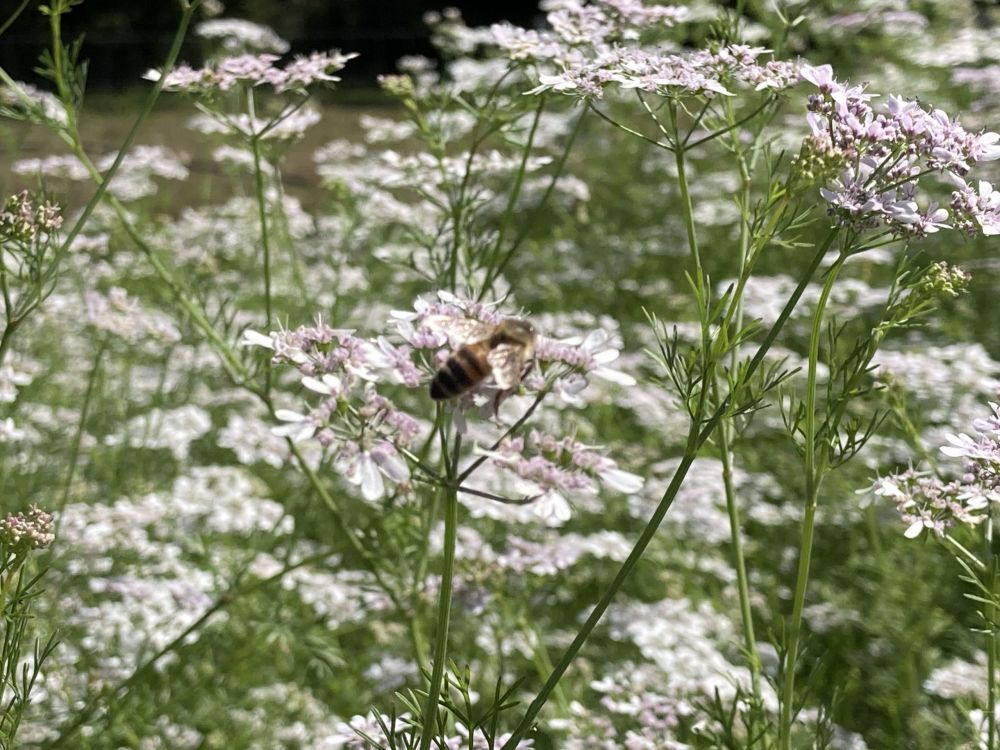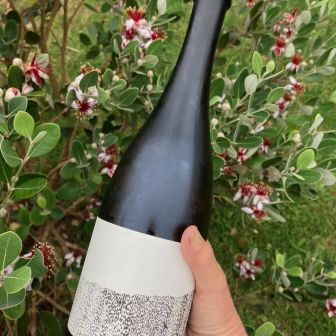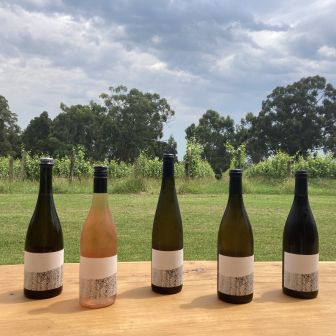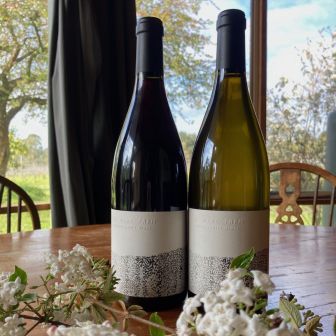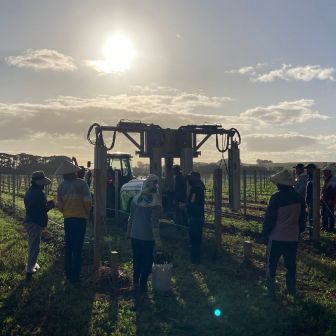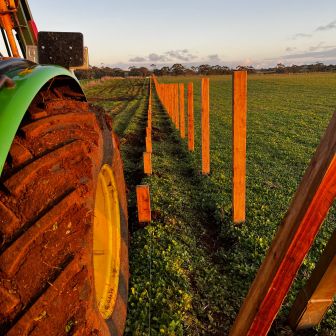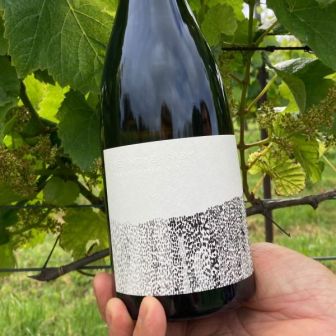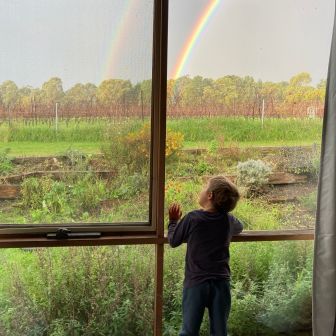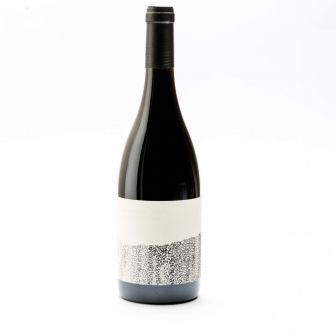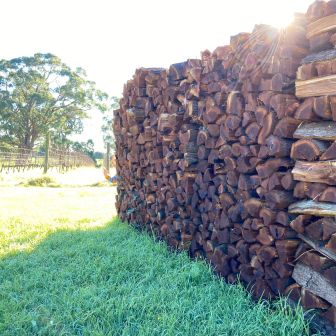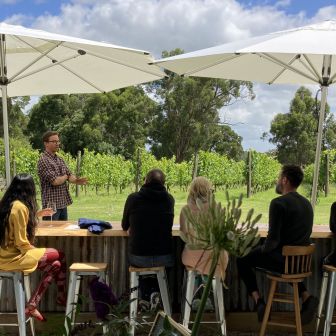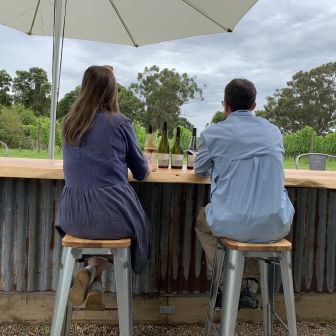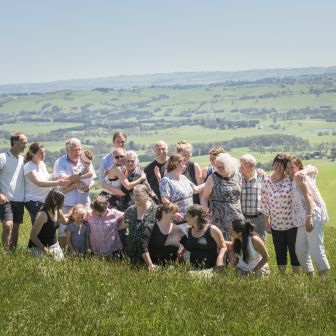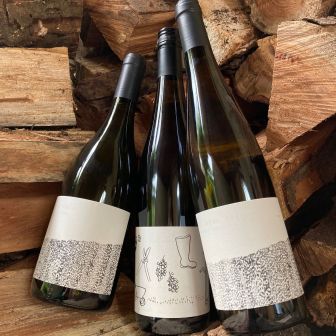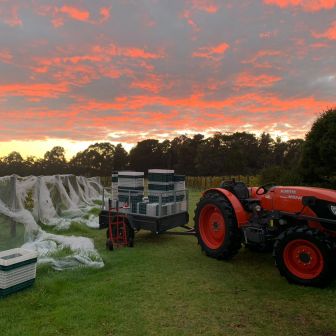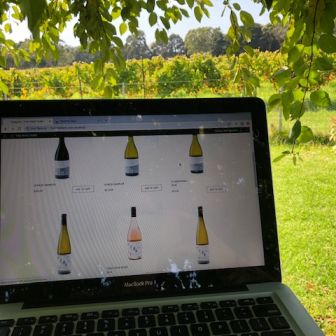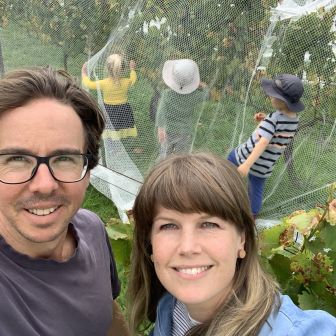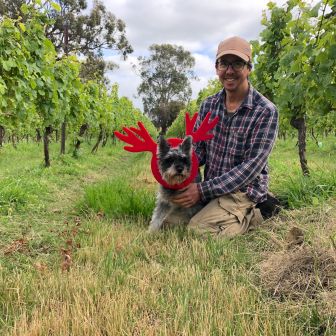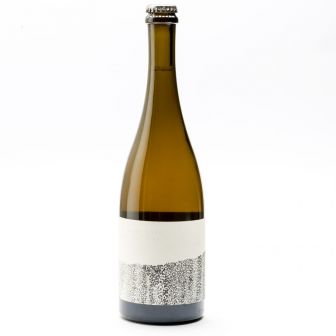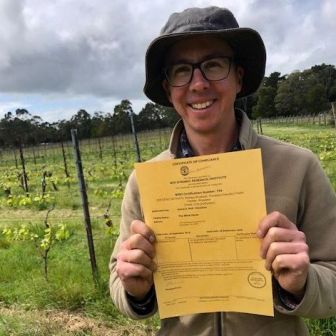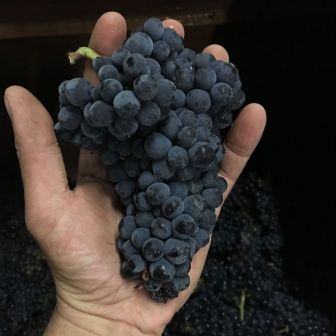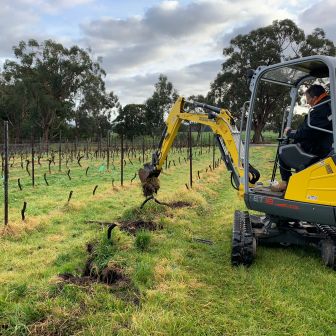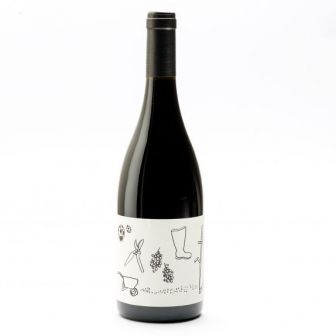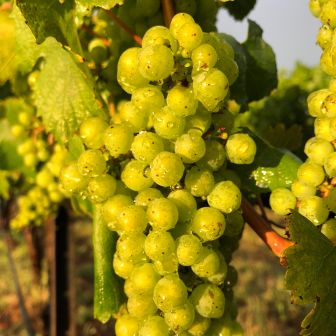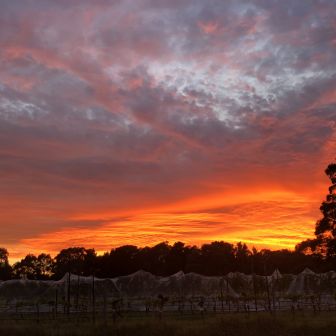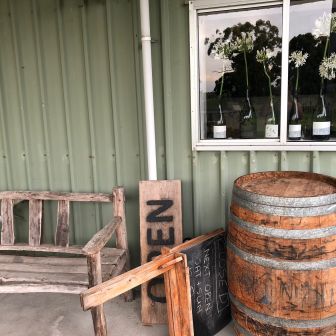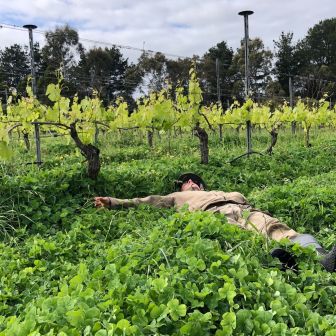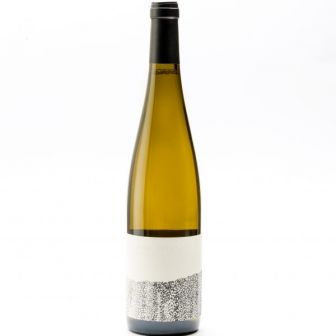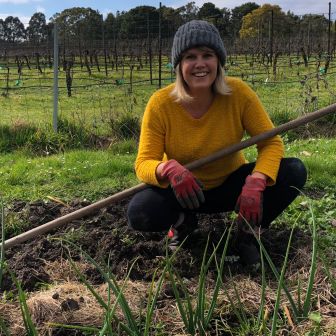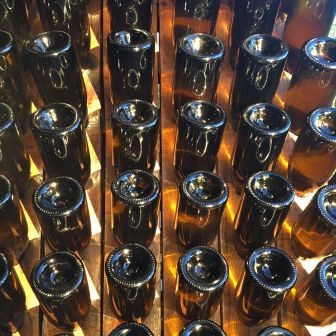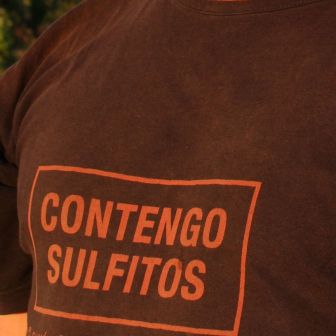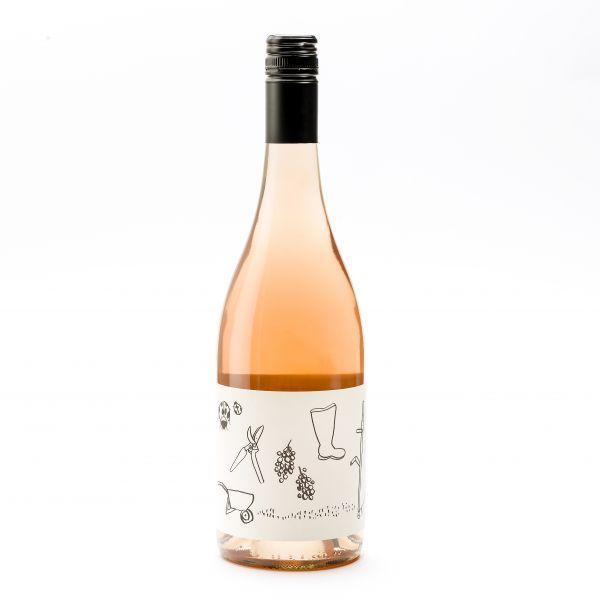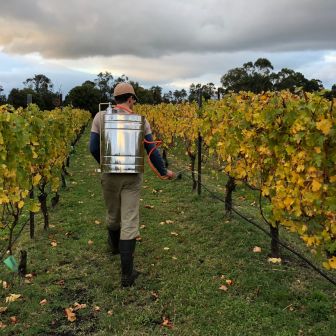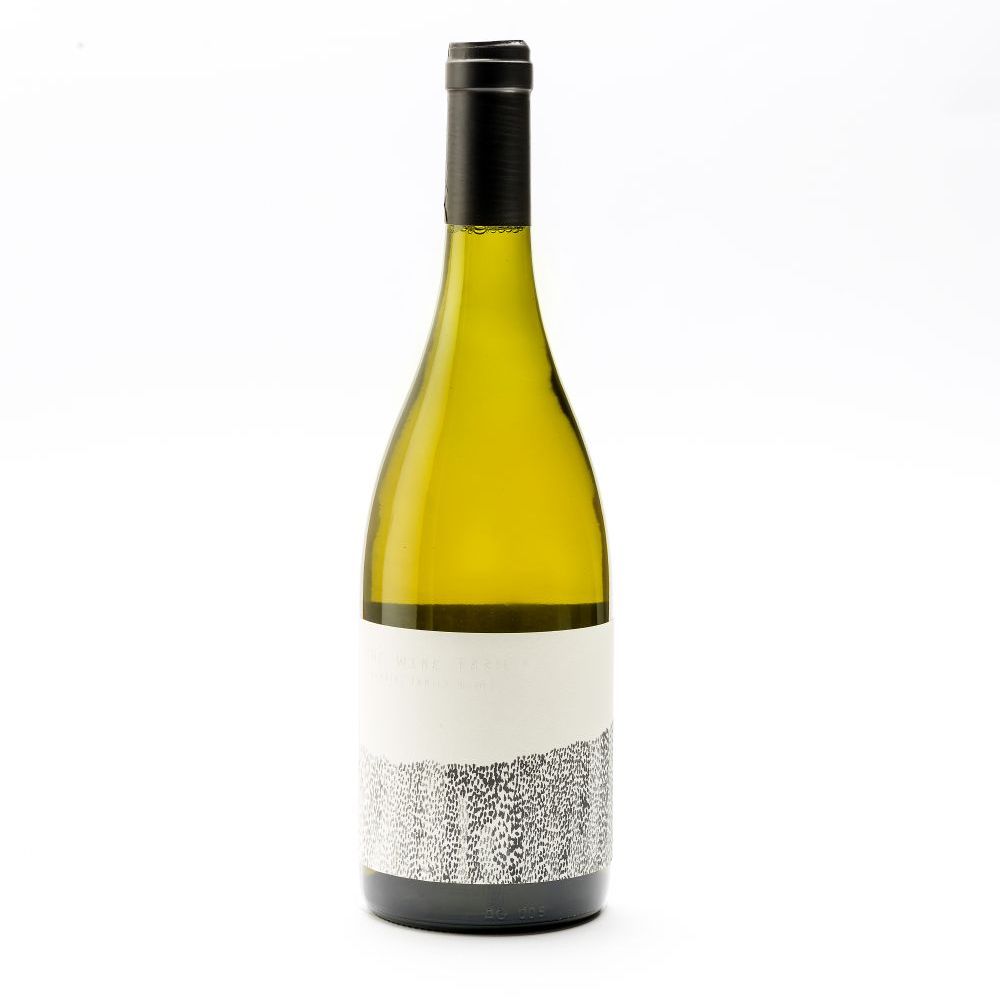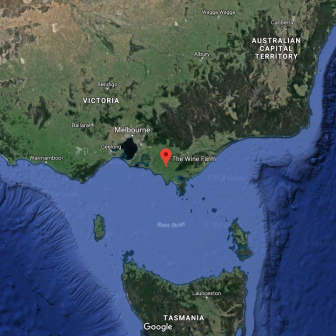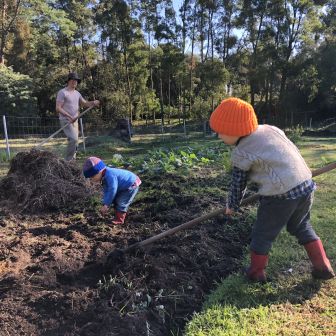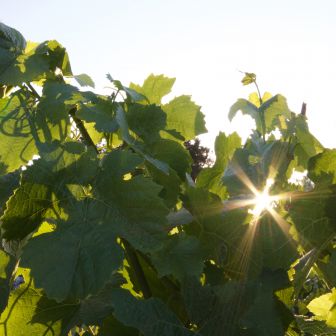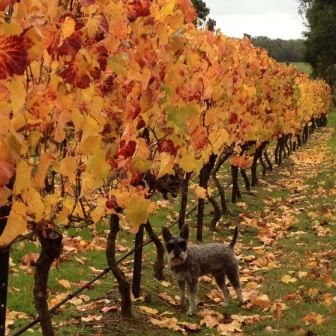Buzz words
November 23, 2021
Dear friends
One wintry morning last year, as my three small children took turns dunking homemade rusks in my mug of tea, we started having a very grown-up conversation. We’d watched David Attenborough’s latest documentary together the evening before – a wonderfully compelling and confronting account of the impact of humans on our planet – and my then 7-year-old in particular was worried. Rather than dwell on the damage done, I quickly steered the conversation around to practical things our family could do to make sure we’re not contributing too much to the problem. Maybe even to help a bit. We talked about the way we farm without chemicals, allowing our land to draw more carbon out of the atmosphere and store it in our soil. We talked about how we try to grow as much of our own food as we can (with mixed success) and source the rest very carefully, supporting other producers who farm in a way that helps rather than hurts the planet. We talked about our efforts to minimise waste and use less energy and decided there was definitely room for improvement here but that we were on the right track. “But what else can we do?” my 5-year-old blurted out.
“How about we build a bee hive?” I heard myself say.
And so, come spring, my budding environmentalists, from the safety of their bedroom window, watched their mum don her bee suit (astronaut!) to diligently perform regular checks on our brand new queen as she filled frame after frame of fresh brood in her new home under the branches of our oak tree. What a joy to carefully open the hive, listening to the gentle hum of activity and seeing the progress this growing colony has made with fresh stores of nectar, pollen, and a hell of a lot more bees. We love spotting our queen’s daughters all over our farm – from the flowers in my tea garden to the blossoms on the fruit trees to every dandelion or head of clover poking out of our unmown grass – each one making our ecosystem a little stronger.
But then one day, as I carefully lifted the first frame from the brood box to start my inspection, the hum changed. It wasn’t the usual gentle buzz I’d come to find comforting – the carefree chit-chat of happy bees. It was higher pitched, faster paced, louder. Not so much the sound of an angry mob as the chaotic shouting of a colony under threat. My heart rate sped up, I finished my inspection carefully and gently, but in record time, then briskly walked a few laps of the sheep paddock before the last of the guard bees finally stopped pinging my face guard and I was safe to unzip my suit, kick off my boots and head inside to put the kettle on.
Sitting down with my cup of tea, as my heart rate settled back into a healthy rhythm, it occurred to me that although I’d never heard my bees communicate so frenetically before, the noise was somehow familiar.
It reminded me of the sound we humans make when we’re backed into a corner. The rising pitch of heightened emotion, when reason goes out the window and the words get less weighty and more shouty. All meaning is lost and it just becomes noise.
We’re noticing a lot more ‘noise’ in our corner of late. As more and more people realise we can’t wait for our leaders to chart the course to a cleaner, healthier future and need to start acting for ourselves, we’re thinking more about what our money is supporting. Are we funding clean or dirty industries? Is that cheap food I buy today going to cost me more down the track when my medical expenses start to grow? More customers are looking to fill their trolleys with products that are produced in a way that aligns with their values. With hearts in the right place but not a lot of time to read the small print, we look for signposts as we walk down the aisles to help us make the right choice. And marketers are coming to the party. Products are communicating their green credentials like never before, but sadly, as the marketing gets louder, it is also less meaningful. The buzz words are reaching fever pitch.
So now that I’ve finished my cuppa, it’s time to hang out the green washing.
‘Local’ is a good place to start. Finding the term ‘local’ on your retailer’s shelf is a good sign if food miles are your beef. This product is produced somewhere nearby and therefore uses less energy to get it from A to B. That’s definitely a plus, but it tells you nothing about how that produce was grown. We have fields of snowpeas growing in a valley not far from us. Yes, they’re local snowpeas and they look delicious. But I don’t want to eat them. The only reason I know they’re there is because every now and then we see the crop dusters flying over our farm loaded with insecticide to bomb the fields. On nearby hills we see tractors doing laps of their potato fields spraying glyphosate before planting so the spuds don’t have to compete with any pesky weeds. Neatly fenced squares of land dotted all over our beautiful green rolling hills turn a suspicious shade of yellow twice a year and when you know why, they don’t look beautiful any more. Everyone is local to someone. Luckily, one good thing about seeking out local produce is that you’re more likely to be able to ask the farmer how it was produced. A good question to start with is, “How do you control your weeds?”
The label we’re most wary of is the incredibly overused term ‘sustainable’. For us, this term might be meaningful once we have a food system worth sustaining. A system that doesn’t extract more from the planet than it gives. A system that isn’t quickly running out of healthy soil that can grow anything of nutritional value. If our farming systems are replenishing soils, feeding microbes and storing carbon while producing high-yielding, nutrient-dense food for us to consume, that is when ‘sustainable’ will mean something. Until then it’s just a word that has as many definitions as people or packages that use it. Case in point, you may have heard of the Australian wine industry’s ‘trust mark’ for ‘sustainable’ wine. It was created by Wine Australia so that, in their words, “Customers and consumers will know from seeing the trust mark that the vineyard and winery have met rigorous standards of sustainability.” Our interest was peaked so we shot off a few questions about the criteria for using this new label. While there are certainly some positives in the scheme, like tracking improvements in energy and water use and minimising waste, unbelievably the use of toxic chemicals in your vineyard gets a free pass. When we queried this via the program helpdesk we received the following confirmation: “Unlike organic certification, there are no allowed or prohibited inputs to qualify for Sustainable Winegrowing Australia certification.”
Wait, WHAAAT?
This means that wine made from grapes farmed unsustainably, using the ‘probable carcinogen’ glyphosate, which is known to kill soil microbes – the very things that can turn vineyards into carbon sinks – can sport a shiny sticker on the bottle assuring customers that it has met rigorous standards of ‘sustainability’. What a crock.
‘Natural’ is another one to be suspicious of. Bandied around all over conventional products in an attempt to greenwash unsuspecting customers but without definition or legislation, this is just another word anyone can use with no basis. In the wine industry it usually refers to wines made with ‘minimal intervention’ in the cellar – meaning no introduced yeasts, added acid or significant levels of preservative used in the production process. These are all good things, but sadly it has no bearing on the origin of the grapes or how they were farmed. In France it is a given that a wine described as ‘natural’ hails from organically farmed grapes. Unfortunately the same assumption is made here when in fact the majority of ‘natural’ wines produced in Australia are made from conventionally farmed fruit where systemic chemicals in the vineyard are the norm. And there’s nothing natural about that.
‘Organic’ is good. You can’t be certified organic if you use systemic chemicals so as a customer this is a guarantee that the product doesn’t harbour toxins and that the land it was grown in hasn’t been harmed. The best organic farmers will also be feeding their soils with quality composts, enriching the microbial content and in turn boosting the nutritional value of their products and the environmental benefits of their land as a carbon sink.
This is where ‘regenerative’ comes into play. The ‘regenerative farming’ movement is gaining momentum as an antidote to industrial agriculture. It’s a set of principles and practices aimed at rehabilitating farmland and enhancing whole ecosystems, including rebuilding topsoil and increasing biodiversity. There’s even a new certification coming out of the US called ‘Regenerative Organic’ which is pretty compelling as a way of sorting out the best organic farmers from the rest. We’re watching this space and sincerely hoping ‘regenerative’ doesn’t just become the new ‘sustainable’ before some rigour is put around its use.
Then there is the label that, for us, is the bee’s knees. ‘Biodynamic’. Not the bunch that farms by the moon and the cosmos and uses a range of esoteric practices that may or may not improve farm performance. We’re talking about Australian Demeter Biodynamics, a no-nonsense body of farmers with a laser sharp focus on proven methods that boost the microbial content of their soils to grow resilient and nutritious produce, while looking after our planet. It’s this farming system that emulates nature more closely than any other we’ve found, so that’s the method we follow on our farm and why we’ll always choose a product bearing the Australian Demeter Biodynamic logo above all others. It’s the only mark we truly trust to tell us if a product has been grown with the utmost respect for nature.
Making the right choice in a noisy marketplace is a minefield. We’ve spent a lot of time and energy over the last few years doing our research and trying to work out which of the myriad labels and signposts in the market actually align with our values. We still get it wrong from time to time but for the most part we know that what makes it into our trolley is an investment in our family’s health and the health of the planet we’re leaving them. Products produced in harmony with nature, not to its detriment.
And as the dulcet tones of Sir David crooned to my children via Netflix that wintry eve, if we take care of nature, nature will take care of us.
Now I just need to learn how to take care of my bees so they don’t shout at me next time I pay them a visit.
Cheers
Anna
